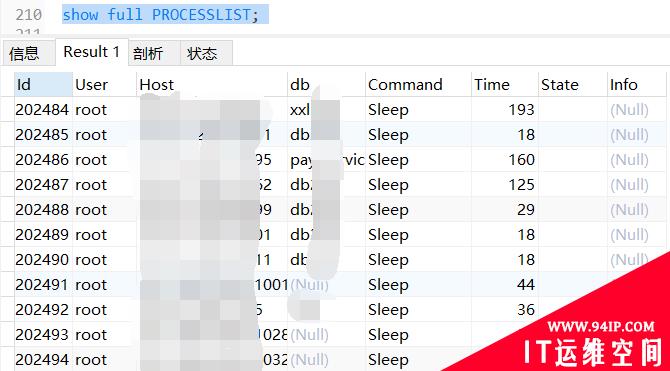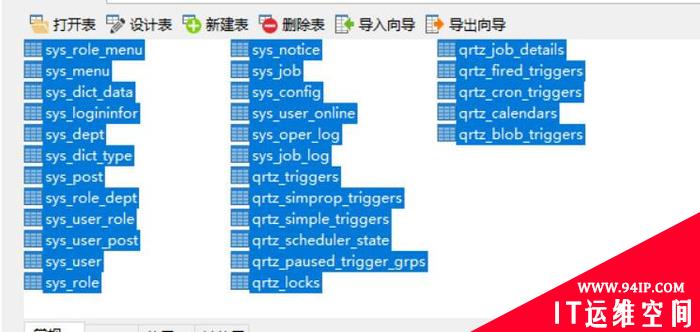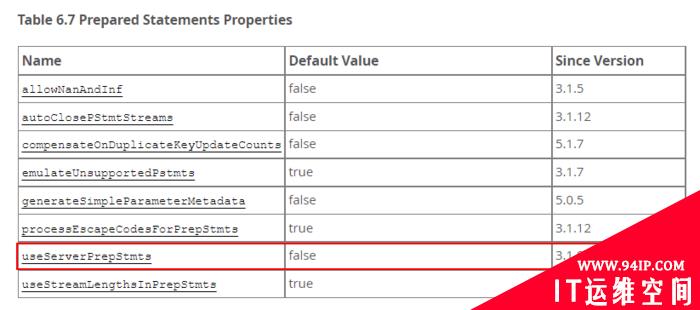–查询最慢的sql
select * from (
select parsing_user_id,executions,sorts
command_type,disk_reads,sql_text from v$sqlarea order by disk_reads desc
)where rownum<10
–查询对应session
select SE.SID,SE.SERIAL#,PR.SPID,
SE.USERNAME,SE.STATUS,SE.TERMINAL,
SE.PROGRAM,SE.MODULE,
SE.SQL_ADDRESS,ST.EVENT,
ST.P1TEXT,SI.PHYSICAL_READS,SI.BLOCK_CHANGES from v$session se,v$session_wait st,
v$sess_io si,v$process pr
where st.SID=se.SID and st.SID=si.SID
AND SE.PADDR=PR.ADDR
AND SE.SID>6
AND ST.WAIT_TIME=0
AND ST.EVENT NOT LIKE ‘%SQL%’
ORDER BY PHYSICAL_READS DESC;
SELECT sql_address FROM V$SESSION SS,V$SQLTEXT TT
WHERE SS.SQL_HASH_VALUE=TT.HASH_VALUE AND SID=439;
v$sqltext:存储的是完整的SQL,SQL被分割
v$sqlarea:存储的SQL 和一些相关的信息,比如累计的执行次数,逻辑读,物理读等统计信息(统计)
v$sql:内存共享SQL区域中已经解析的SQL语句。(即时)
根据sid查找完整sql语句:
select sql_text from v$sqltext a where a.hash_value = (select sql_hash_value from v$session b where b.sid = ‘&sid’ )
order by piece asc
select a.CPU_TIME,–CPU时间 百万分之一(微秒)
a.OPTIMIZER_MODE,–优化方式
a.EXECUTIONS,–执行次数
a.DISK_READS,–读盘次数
a.SHARABLE_MEM,–占用shared pool的内存多少
a.BUFFER_GETS,–读取缓冲区的次数
a.COMMAND_TYPE,–命令类型(3:select,2:insert;6:update;7delete;47:pl/sql程序单元)
a.SQL_TEXT,–Sql语句
a.SHARABLE_MEM,
a.PERSISTENT_MEM,
a.RUNTIME_MEM,
a.PARSE_CALLS,
a.DISK_READS,
a.DIRECT_WRITES,
a.CONCURRENCY_WAIT_TIME,
a.USER_IO_WAIT_TIME
from SYS.V_$SQLAREA a
WHERE PARSING_SCHEMA_NAME = ‘CHEA_FILL’–表空间
order by a.CPU_TIME desc
引用:http://jenniferok.iteye.com/blog/700985
a.executions exec,a.disk_reads/decode(a.executions,0,1,a.executions) rds_exec_ratio,
a.sql_text Statement
from v$sqlarea a,dba_users b
where a.parsing_user_id=b.user_id
and a.disk_reads > 100000
order by a.disk_reads desc;
from (select sql_text,executions,
rank() over
(order by executions desc) exec_rank
from v$sql)
where exec_rank <=5;
select disk_reads,sql_text
from (select sql_text,disk_reads,
dense_rank() over
(order by disk_reads desc) disk_reads_rank
from v$sql)
where disk_reads_rank <=5;
from (select sql_text,buffer_gets,
dense_rank() over
(order by buffer_gets desc) buffer_gets_rank
from v$sql)
where buffer_gets_rank<=5;
SQL_TEXT |
VARCHAR2(1000) |
SQL文本的前 1000个字符 |
SQL_ID |
VARCHAR2(13) |
SQL identifier of the parent cursor in the library cache |
SHARABLE_MEM |
NUMBER |
占用的共享内存大小 (单位: byte) |
PERSISTENT_MEM |
NUMBER |
生命期内的固定内存大小 (单位: byte) |
RUNTIME_MEM |
NUMBER |
执行期内的固定内存大小 |
SORTS |
NUMBER |
完成的排序数 |
VERSION_COUNT |
NUMBER |
Number of child cursors that are present in the cache under this parent |
LOADED_VERSIONS |
NUMBER |
显示上下文堆是否载入, 1是 0否 |
OPEN_VERSIONS |
NUMBER |
显示子游标是否被锁, 1是 0否 |
USERS_OPENING |
NUMBER |
执行语句的用户数 |
FETCHES |
NUMBER |
SQL语句的 fetch数。 |
EXECUTIONS |
NUMBER |
自它被载入缓存库后的执行次数 |
END_OF_FETCH_COUNT |
NUMBER |
Number of times this cursor was fully executed since the cursor was brought into the library cache. The value of this statistic is not incremented when the cursor is partially executed, either because it failed during the execution or because only the first few rows produced by this cursor are fetched before the cursor is closed or re-executed. By definition, the value of theEND_OF_FETCH_COUNT column should be less or equal to the value of the EXECUTIONS column. |
USERS_EXECUTING |
NUMBER |
执行语句的用户数 |
LOADS |
NUMBER |
对象被载入过的次数 |
FIRST_LOAD_TIME |
VARCHAR2(19) |
初次载入时间 |
INVALIDATIONS |
NUMBER |
无效的次数 |
PARSE_CALLS |
NUMBER |
解析调用次数 |
DISK_READS |
NUMBER |
读磁盘次数 |
DIRECT_WRITES |
NUMBER |
Sum of the number of direct writes over all child cursors |
BUFFER_GETS |
NUMBER |
读缓存区次数 |
APPLICATION_WAIT_TIME |
NUMBER |
Application wait time |
CONCURRENCY_WAIT_TIME |
NUMBER |
Concurrency wait time |
CLUSTER_WAIT_TIME |
NUMBER |
Cluster wait time |
USER_IO_WAIT_TIME |
NUMBER |
User I/O Wait Time |
PLSQL_EXEC_TIME |
NUMBER |
PL/SQL execution time |
JAVA_EXEC_TIME |
NUMBER |
Java execution time |
ROWS_PROCESSED |
NUMBER |
解析 SQL语句返回的总列数 |
COMMAND_TYPE |
NUMBER |
命令类型代号 |
OPTIMIZER_MODE |
VARCHAR2(25) |
QL语句的优化器模型 |
PARSING_USER_ID |
NUMBER |
第一个解析的用户 ID |
PARSING_SCHEMA_ID |
NUMBER |
第一个解析的计划 ID |
转载请注明:IT运维空间 » 首页 » 查询oracle比较慢的session和sql



















发表评论